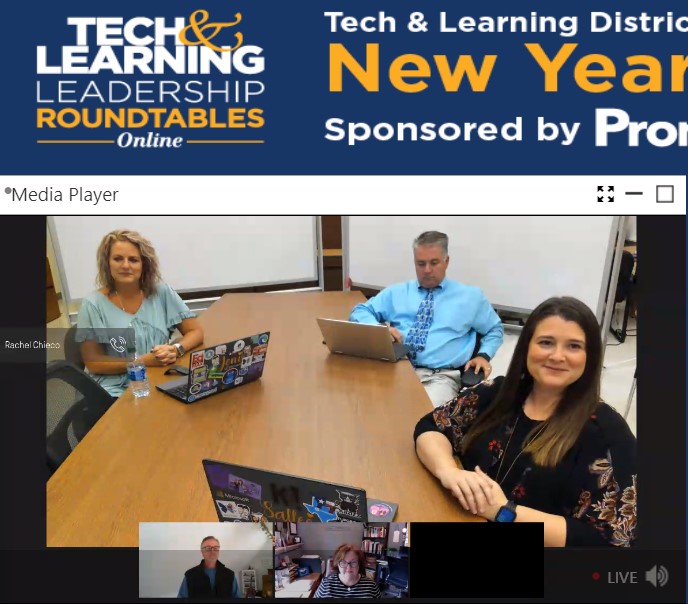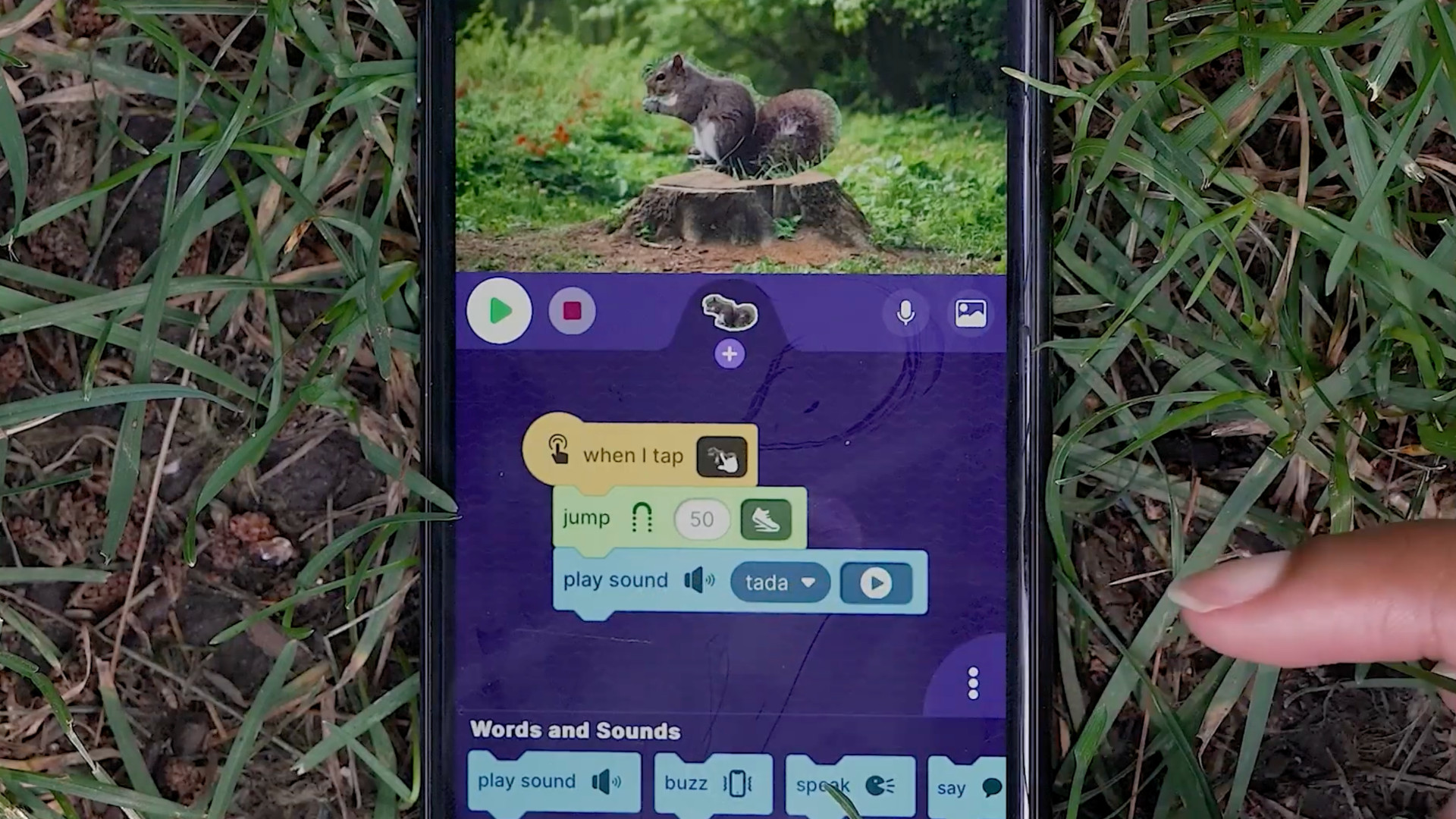Distance to Hybrid Learning: How to Drive Student Success
How to shift to blended and hybrid learning from remote learning

With COVID-19 showing no signs of slowing down, it is likely that few schools if any will get through the next school year without some form of remote learning. How are schools supporting their teachers and students as they make this shift to remote, blended, and hybrid learning?
To help districts address these questions, Dr. Kecia Ray recently talked with thought leaders during a recent Tech & Learning Virtual Lunch ‘n Learn roundtable about how districts are using the tools they have to deliver lessons in a variety of ways: whether the schools are all online, face-to-face, or hybrid. New research that identifies the five key trends that schools have identified as being crucial this school year -- including how the pandemic will likely shape the future of education -- was also presented.
Watch the on-demand version here
Key takeaways
Consistency is key. One of the biggest things teachers want to do is show the same content to students at home and in the classroom, said Sallee Clark and Jeni Long, Instructional Technologists for Eagle Mountain-Saginaw ISD in Texas. The 21,000-student district started this school year remotely and went in-person on September 8, and to achieve this goal, have been using digital tools such as Promethean boards and OneNote, which is built into Microsoft Teams. Everyone can see it at the same time, and it offers interactive pieces, such as games or Flipgrid. Promethean’s new screen share combines the screen share and touch screen functionality so students in the class and at home can all see the same learning together in real time.
Rapid response. “Last spring, we essentially had 24 hours to go from face-to-face learning to remote learning,” said Kirk Murdock, Senior Technology Officer for EMS ISD. “When the school year was over, we took a breath for 10 seconds and then went forward into planning for fall.” Summer was focused on getting devices to students and preparing teachers for remote learning. Many teachers were initially reluctant to engage in remote learning, said Murdock, but he and his staff--including Long and Clark--worked to provide PD, starting with edtech trainings two days per week and adding more session during the summer in addition to creating edtech office hours to provide extra support. “Now they’re doing hybrid instruction, and watching them do that now is amazing,” said Murdock.
“Adaptation is where the magic is.” “As much as I want to say the nerds on my team figured out remote learning quickly, that’s just not true,” said Steven Halliwell, Chief Product Officer for Promethean, who said that teachers have led the way in making remote learning work. Halliwell said that according to a Promethean survey, only 20% of educators were ready to implement remote learning when the pandemic hit, so the transformation of many has been amazing to see. The digital divide continues to be the biggest challenge facing educators in regard to remote learning, but there’s a desire to learn from this situation. “If this is the new normal, kids are going to need a device and connectivity, so let’s go make that happen,” he said, adding that to create a good remote learning plan, educators should start by looking at what other schools are doing, and then incorporate the best practices into their own plans. “Copy from the best!”
Lunch 'n Learn with Tech & Learning
Tech & Learning Newsletter
Tools and ideas to transform education. Sign up below.
This report is part of Tech & Learning's District Leadership Lunch ‘n Learn Roundtable series, hosted by Dr. Kecia Ray. In this series, districts from across the U.S. share their strategic plans, the challenges they are facing, and the creative solutions they are using to support students and teachers. Access previous webinars and register for our upcoming events here.
More from T&L: Lunch 'n Learn roundtable recaps
Ray Bendici is the Managing Editor of Tech & Learning and Tech & Learning University. He is an award-winning journalist/editor, with more than 20 years of experience, including a specific focus on education.
